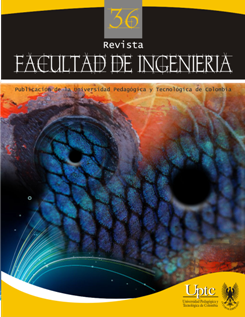Desarrollo de intermetálicos TiAl mediante técnicas pulvimetalúrgicas convencionales y de alta densificación

Abstract
Cada día hay más demanda de materiales que ofrezcan altas temperaturas de servicio y bajo peso, pero su fabricación es compleja y costosa, particularmente la de las superaleaciones de base cobalto y la de las aleaciones de titanio, dentro de estas últimas, los intermetálicos TiAl y Ti3Al son ampliamente reconocidos para satisfacer las necesidades actuales, sin embargo, la colada y forja de estos intermetálicos, que tienen una mejor resistencia frente a la oxidación a elevadas temperaturas, resulta muy compleja, y es por lo que, partiendo de polvo prealeado, se busca obtener productos prácticamente acabados con un coste razonable. El presente trabajo analiza la influencia de las variables de procesado de polvos intermetálicos Ti48Al2Cr2Nb, mediante técnicas pulvimetalúrgicas convencionales y Spark Plasma Sintering (SPS), en su microestructura y en sus propiedades mecánicas. Se obtienen muestras a diferentes temperaturas de sinterización a partir de polvos obtenidos por atomización. La influencia en las propiedades mecánicas se observa mediante su microdureza y resistencia a la compresión, realizándose un seguimiento de la microestructura mediante microscopía óptica y electrónica de barrido.
Las condiciones de procesado muestran un gran efecto en la microestructura obtenida, fundamentalmente en la formación de la fase α2, que acompaña las propiedades mecánicas finales. Sin embargo, es con el proceso de máxima densificación donde se obtienen las propiedades
adecuadas, lo cual hace pensar que es una alternativa clara a los procesos actuales de colada y deformación plástica.